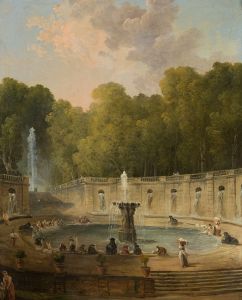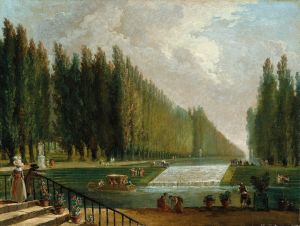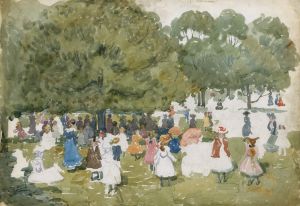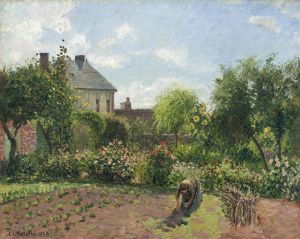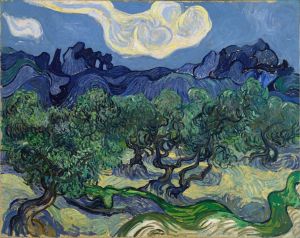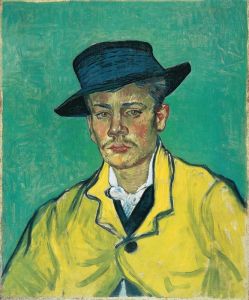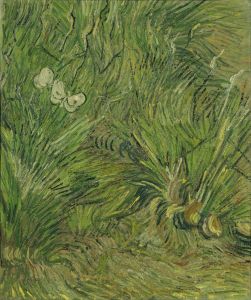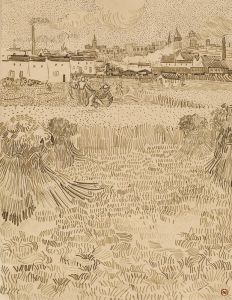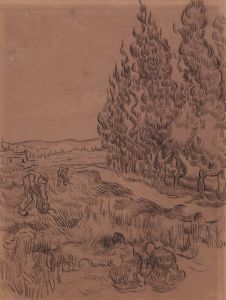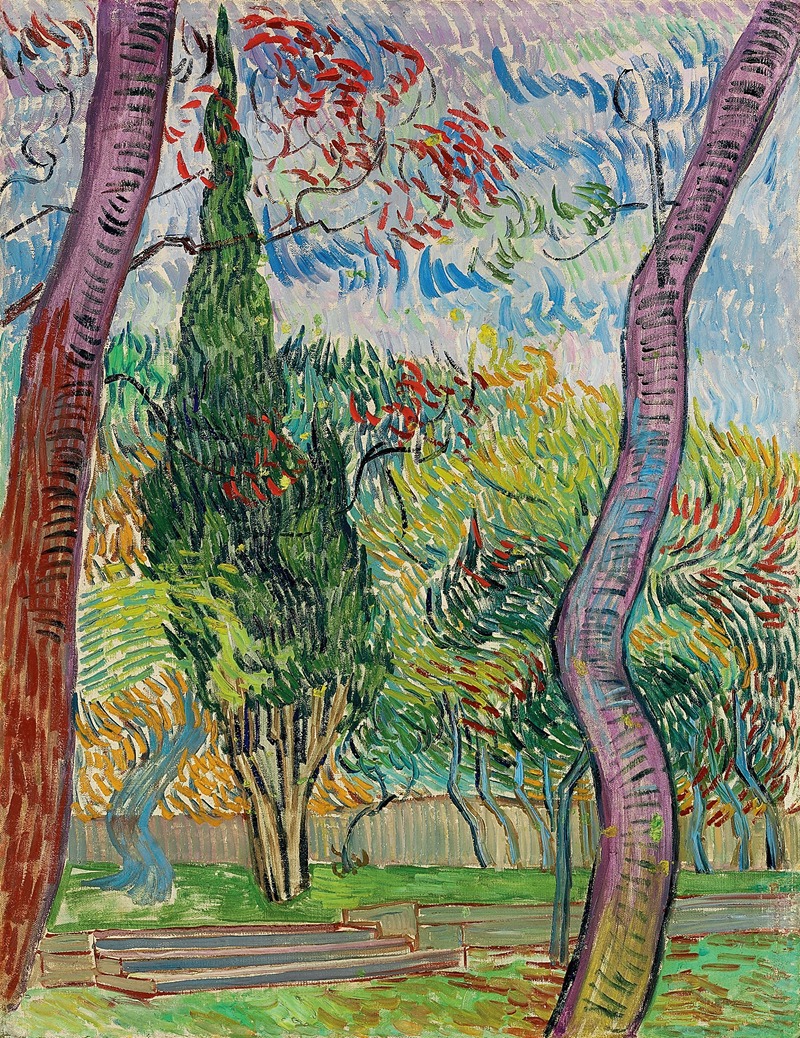
Parc de l’hôpital Saint-Paul
A hand-painted replica of Vincent van Gogh’s masterpiece Parc de l’hôpital Saint-Paul, meticulously crafted by professional artists to capture the true essence of the original. Each piece is created with museum-quality canvas and rare mineral pigments, carefully painted by experienced artists with delicate brushstrokes and rich, layered colors to perfectly recreate the texture of the original artwork. Unlike machine-printed reproductions, this hand-painted version brings the painting to life, infused with the artist’s emotions and skill in every stroke. Whether for personal collection or home decoration, it instantly elevates the artistic atmosphere of any space.
Vincent van Gogh, a Dutch post-impressionist painter, created "Parc de l’hôpital Saint-Paul" during his stay at the Saint-Paul-de-Mausole asylum in Saint-Rémy-de-Provence, France. This painting is one of the many works he produced during a prolific period in his life, despite his mental health struggles.
Van Gogh admitted himself to the asylum in May 1889 after experiencing a series of mental health crises. The Saint-Paul-de-Mausole asylum, a former monastery, provided a tranquil environment where he could focus on his art. The institution allowed him some freedom to paint both within its walls and in the surrounding gardens and countryside. This setting greatly influenced his work during this time, as he found inspiration in the natural beauty and serene landscapes.
"Parc de l’hôpital Saint-Paul" depicts the garden of the asylum, capturing the essence of the place where Van Gogh spent a year of his life. The painting reflects his fascination with nature and his ability to convey emotion through vibrant colors and dynamic brushstrokes. Van Gogh's use of color and form in this work is characteristic of his style, with swirling patterns and bold contrasts that convey both the tranquility and the underlying tension of his surroundings.
The garden at the asylum was a place of solace for Van Gogh, and this is evident in the way he portrayed it. The painting features lush greenery, trees, and pathways, inviting the viewer into a peaceful yet emotionally charged space. Van Gogh's choice of colors—rich greens, blues, and earthy tones—creates a vivid and immersive scene. His brushwork, often described as expressive and energetic, adds a sense of movement and life to the painting.
During his time at the asylum, Van Gogh produced numerous works, including some of his most famous paintings such as "The Starry Night" and "Irises." "Parc de l’hôpital Saint-Paul" is part of this body of work that showcases his deep connection to the natural world and his ability to find beauty and inspiration even in challenging circumstances.
Van Gogh's time at Saint-Paul-de-Mausole was marked by periods of intense creativity as well as episodes of mental distress. Despite these challenges, he remained dedicated to his art, using it as a means of expression and coping. His paintings from this period are celebrated for their emotional depth and technical innovation, contributing significantly to his posthumous reputation as one of the most influential figures in Western art history.
"Parc de l’hôpital Saint-Paul" is a testament to Van Gogh's resilience and his enduring passion for painting. It captures a moment of calm and reflection amidst the turmoil of his life, offering insight into the artist's inner world and his relationship with the environment around him. Today, Van Gogh's works from the Saint-Rémy period continue to be studied and admired for their profound impact on the art world and their enduring emotional resonance.








